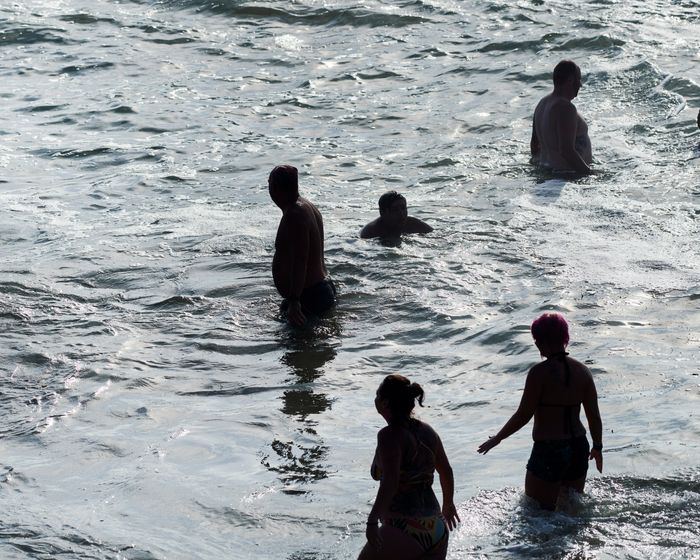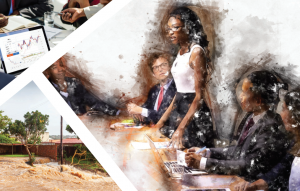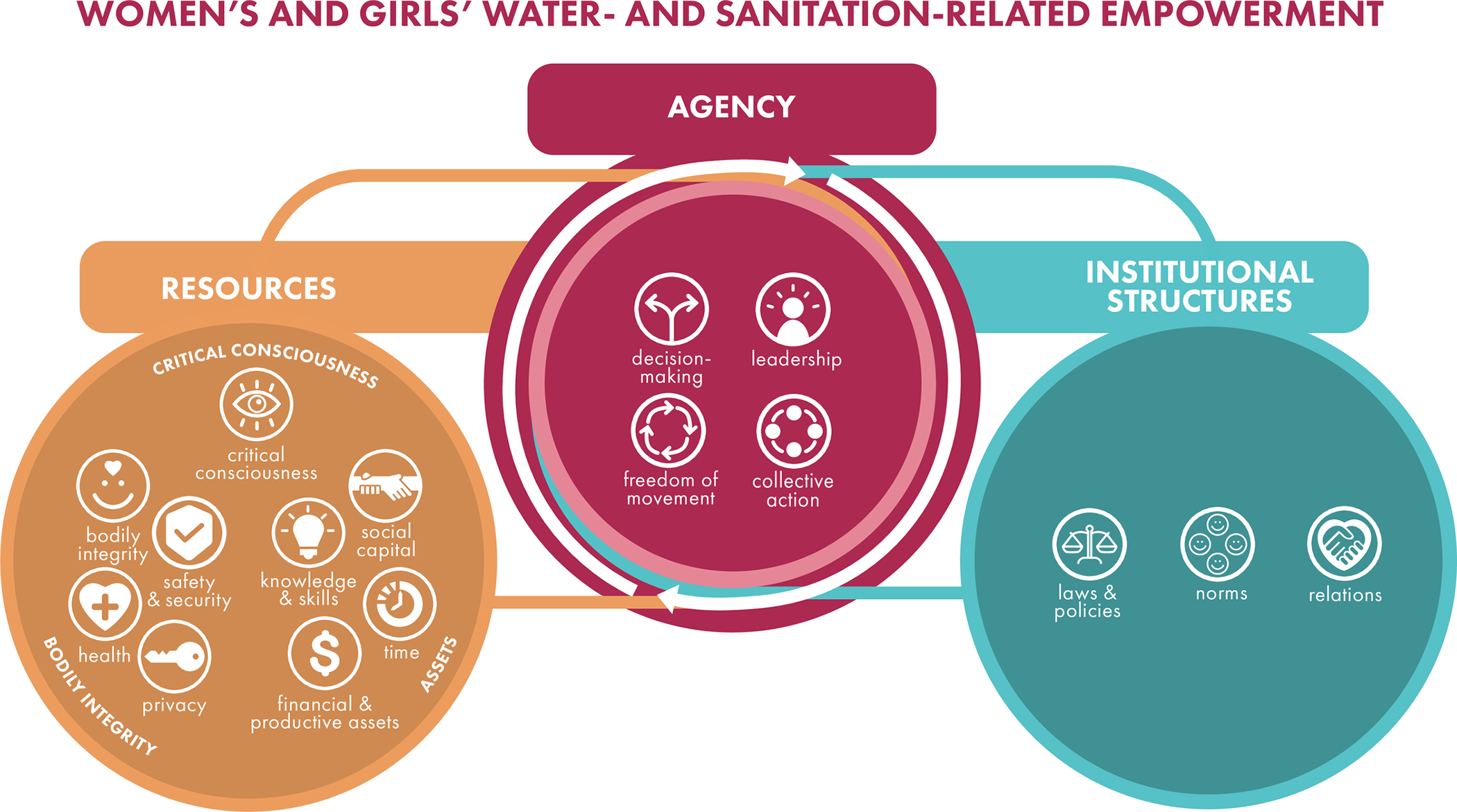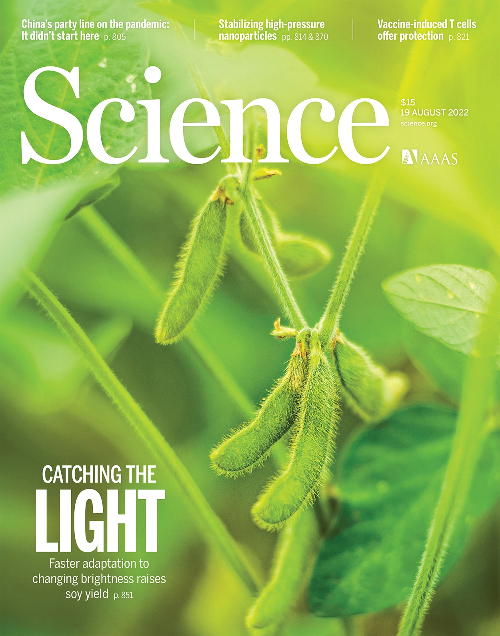Clean a lake: an organic solution
Short and spectacular video on a sanitation technology for water places
by Nas Daily (a palestinian influencer)
Other sources:
https://en.wikipedia.org/wiki/Marino_Morikawa
Less spectacular, more “serious”

Short and spectacular video on a sanitation technology for water places
by Nas Daily (a palestinian influencer)
Other sources:
https://en.wikipedia.org/wiki/Marino_Morikawa
Less spectacular, more “serious”

“…Water helps your mind wander in a positive way…” says Marc Berman, director of the Environmental Neuroscience Laboratory at the University of Chicago. “This is what is so restorative.”
…./…
Here’s some advice on how to harness the healing power of water.
…/…
Participating in water activities such as swimming or surfing can help us enter a “flow state” where we become fully immersed in what we’re doing. This calms our mind’s internal state, which is often absorbed by rumination and worry, says Ricardo Gil-da-Costa, a neuroscientist and chief executive of Neuroverse who has studied how water affects our brain.
 ‘ Water meditates us by taking away all the noise,’ says Wallace J. Nichols, who regularly goes into a creek.PHOTO: WALLACE J. NICHOLS
‘ Water meditates us by taking away all the noise,’ says Wallace J. Nichols, who regularly goes into a creek.PHOTO: WALLACE J. NICHOLSBodies of water also can produce a glorious sense of awe—the emotional response to something vast that expands and challenges how we see the world. Awe can decrease stress and help us put things into perspective.
“Water meditates us by taking away all the noise,” says Dr. Nichols, whose work focuses on how blue spaces affect our well-being. “All we have to do is show up.”
Water has special properties that may boost nature’s positive impact, environmental psychologists say. When you are near it, there is often less visual and auditory information to process. Our mind can rest.
The sound of water, typically steady and soft, soothes us. Its smell can provoke positive memories and associations. When we’re floating our body can rest, too, in a way we never can on land.
Source and read more on: WSJ

…/…
The first solution is to improve sanitation and decrease pollution by increasing the proportion of wastewater adequately treated, monitoring and improving discharge effluent standards. This has been proved to be a useful solution in China, which has had rapid improvement in wastewater treatment coverage. China has successfully achieved a significant transformation in its sanitation in less than 30 years, increasing the proportion of wastewater treated from 14.9% in 1991 to 95.5% in 2018.
The second solution is to improve energy efficiency, recovery and integration of renewable technologies to address energy challenges. For example, Australia has steadily increased the capacity of renewable energy beyond biogas to include hydropower and, recently, solar PV in their water and wastewater treatment. In the 20 years after 1998, the renewable energy capacity in Australia’s water and wastewater sector increased from 26MW to 90MW. In addition, the USA and Europe are leading in energy self-sufficient WWTPs, with five of the twelve self-sufficient WWTPs found in North America and Europe.
The third solution is to reuse wastewater. For instance, many Arab countries have demonstrated the importance of region-specific challenges considerations through their wastewater reuse. They face severe water scarcity and reuse most of their wastewater; Jordan and Abu Dhabi reuse ~100% of their collected wastewater10. Likewise, African countries should prioritize country-specific challenges, which includes land use considerations in rapidly urbanizing cities.
Last but not least, it is imperative to consider the water-energy-land nexus and pay attention to the land footprint of wastewater treatment with the rapid urbanization in Africa, particularly in the urban areas. Africa aims to move towards safer and sustainable wastewater treatment practices like the countries described above and will have to overcome region-specific challenges. One option is to consider new technologies such
as granular sludge, which has the potential to save both energy and land. Alternatively, technologies such as nanofiltration, can save land but require energy. However, energy access in sub-Saharan Africa lags globally, and most energy is sourced from fossil fuels, increasing greenhouse gas emissions. In addition to adopting less land-intensive technologies, African WWTPs should improve energy efficiency, recovery and renewable energy integration in WWTPs. This can be done by integrating anaerobic digestion and solar energy, for which Africa has the largest potential globally. Sustainable wastewater treatment for Africa will be achieved by considering the water-energy-land nexus.
Queen Rugaimukamu and colleagues are from the UNEP-TONGJI Institute of Environment for Sustainable Development (IESD), Tongji University, Shanghai, China.
doi: https://doi.org/10.1038/d44148-022-00071-2
…/…
Source and more: Nature.Africa
Authors:

Source and more : pnas.org
2020 March
Increased human water use combined with climate change have aggravated water scarcity from the regional to global scales. However, the lack of spatially detailed datasets limits our understanding of the historical water use trend and its key drivers. Here, we present a survey-based reconstruction of China’s sectoral water use in 341 prefectures during 1965 to 2013. The data indicate that water use has doubled during the entire study period, yet with a widespread slowdown of the growth rates from 10.66 km3⋅y−2 before 1975 to 6.23 km3⋅y−2 in 1975 to 1992, and further down to 3.59 km3⋅y−2 afterward. These decelerations were attributed to reduced water use intensities of irrigation and industry, which partly offset the increase driven by pronounced socioeconomic development (i.e., economic growth, population growth, and structural transitions) by 55% in 1975 to 1992 and 83% after 1992. Adoptions for highly efficient irrigation and industrial water recycling technologies explained most of the observed reduction of water use intensities across China. These findings challenge conventional views about an acceleration in water use in China and highlight the opposing roles of different drivers for water use projections.
…./….
Authors
https://www.pnas.org/doi/full/10.1073/pnas.1909902117

In 2020-21, the SDG 6 IWRM Support Programme carried out a study in order to understand the bottlenecks to acceleration on this topic, as well as showcasing and disseminating a range of practices that have been implemented around the world, highlighting common gaps, challenges and constraints, and key enabling factors, and providing recommendations on how to strengthen current practices. A first draft was prepared and underwent a consultation process to capture feedback from national and local governments, international development partners, non-governmental organisations, academic institutions, and any other interested party, on how best to achieve gender mainstreaming in IWRM. The findings are published in a report on “Advancing towards gender mainstreaming in water resources management” available here for download. A Policy Brief summarising the main findings and recommendations of the report was also published and is available for download here.
Check out the interview with the authors of the report to learn more about the findings of the study:
Abstract and study at : https://waterforall.utilities.management/2022/09/03/women-remain-underrepresented-in-water-resources-management/

A new report by the Global Water Partnership (GWP) and shows progress has been slow in countries meeting gender objectives in their water management policies and plans.
In many developing countries, women are the de facto water decision makers in households. Research suggests that when women are involved in the management of water resources, their communities achieve better economic and environmental benefits. However, in many contexts, management of water is still male-dominated.
See also complete study from in-depth interviews in 23 countries now available in Advancing towards gender mainstreaming in water resources management.
https://www.unwater.org/women-remain-underrepresented-in-water-resources-management/

Source and full PDF: researchgate.net
This review
– a) identified empirical water and sanitation research that engaged empowerment and/or empowerment-related domains;
– b) reported empowerment-related terminology used, research locations, methods leveraged, if water and/or sanitation was the focus; and
– c) synthesized evidence. A conceptual model of women’s and girls’ empowerment, which includes three interrelated domains (agency, resources, institutional structures), informed the search and analysis.
….. /…..

Source and full PDF: researchgate.net
This review
– a) identified empirical water and sanitation research that engaged empowerment and/or empowerment-related domains;
– b) reported empowerment-related terminology used, research locations, methods leveraged, if water and/or sanitation was the focus; and
– c) synthesized evidence. A conceptual model of women’s and girls’ empowerment, which includes three interrelated domains (agency, resources, institutional structures), informed the search and analysis.
….. /…..

WaterRising’s mission is to accelerate gender parity in water management by helping utilities, industries and government prioritize a gender-inclusive, water positive approach to solving our water crisis made urgent by the climate emergency
See also :
https://www.worldwaterweek.org/event/10711-waterwoman-leadership-discussion-gender-parity-for-water-resilience
https://www.wri.org/insights/women-are-secret-weapon-better-water-management 2018
https://www.unwater.org/women-remain-underrepresented-in-water-resources-management/ Jan 2022
https://www.researchgate.net/publication/361465404_Water_sanitation_and_women’s_empowerment_A_systematic_review_and_qualitative_metasynthesis Jun 2022

Climate change is throwing Earth’s water cycle severely out of whack. According to new satellite data, freshwaters are growing fresher and salt waters are growing saltier at an increasingly rapid rate all around the world. If this pattern continues, it will turbocharge rainstorms.
The findings indicate a severe acceleration of the global water cycle – a sign that isn’t as clearly observed in direct salinity measurements from ocean buoys, which typically measure a little below the surface of the ocean. However, it’s commonly predicted in climate models.
As global temperatures increase, climate scientists expect there will be greater evaporation on the ocean surface, which will make the top layer of the sea saltier and add moisture to the atmosphere.
…. / ….
Source and more : sciencealert.com
Le cycle de l’Eau s’accélère
Satellite view of Hurricane Dorian in 2019. (Roberto Machado Noa/Getty Images)

Climate change is throwing Earth’s water cycle severely out of whack. According to new satellite data, freshwaters are growing fresher and salt waters are growing saltier at an increasingly rapid rate all around the world. If this pattern continues, it will turbocharge rainstorms.
The findings indicate a severe acceleration of the global water cycle – a sign that isn’t as clearly observed in direct salinity measurements from ocean buoys, which typically measure a little below the surface of the ocean. However, it’s commonly predicted in climate models.
As global temperatures increase, climate scientists expect there will be greater evaporation on the ocean surface, which will make the top layer of the sea saltier and add moisture to the atmosphere.
…. / ….
Source and more : sciencealert.com
Le cycle de l’Eau s’accélère
Satellite view of Hurricane Dorian in 2019. (Roberto Machado Noa/Getty Images)

Source and more : Science.org
SHIRA JOUDAN AND RYLAN J. LUNDGREN
Per- and polyfluoroalkyl substances (PFAS)—sometimes called “forever chemicals” because of their chemical stability—are synthetic molecules widely used in consumer products (1).
Ironically, the characteristics that make these compounds useful, such as lipoand hydrophobicity, high thermal stability, and resistance to chemical degradation, also lead to pervasive contamination in the environment (2). Moreover, chronic exposure to these chemicals has been associated with a host of negative human health effects (3).
Unfortunately, the carbon-fluorine bonds in PFAS are among the most inert in organic compounds, which means that their destruction requires brutal treatment, such as incineration at high temperatures.
On page 839 of this issue, Trang et al. (4) show that under specific mild conditions, perfluoroalkyl carboxylic acids (PFCAs), which are a type of PFAS, undergo spontaneous decomposition into benign inorganic fluoride ions and simple oxygenated organic molecules.
…. / ….
